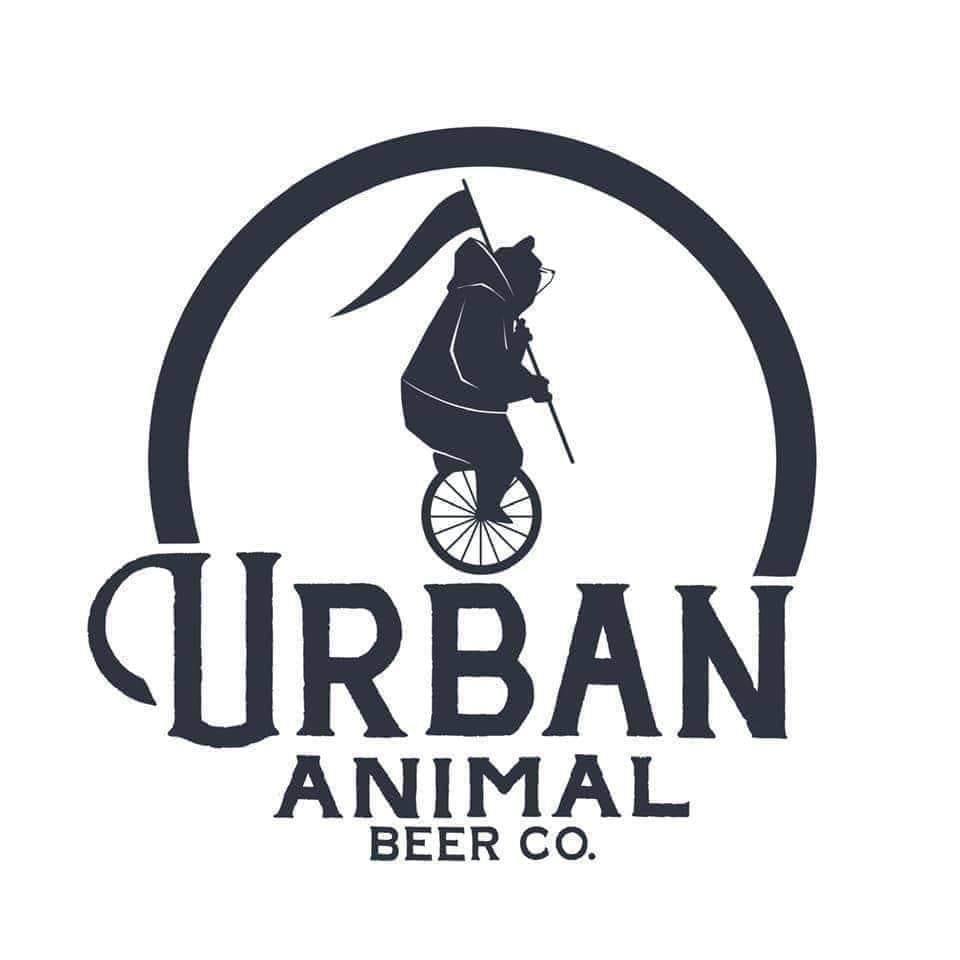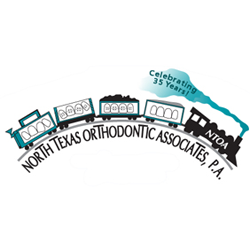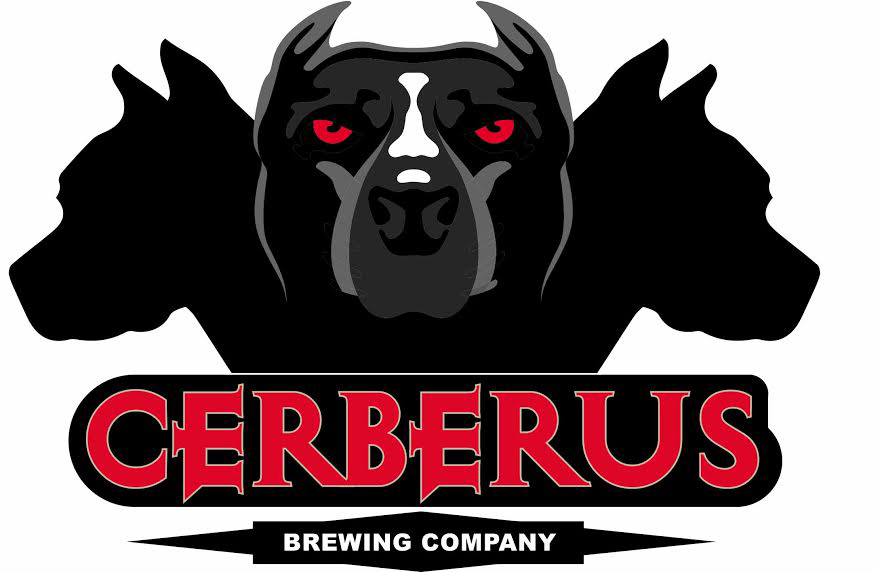The Archives, Colorado Springs’ newest semi-hidden watering-hole officially opens on Tuesday, August 28, directly below Colorado Craft Tejon Street Social, in the ample space that was once The Elbo Room at The Ritz. Dylan Currier, owner of The Archives, shares a partnership with his upstairs neighbors Dave Lux, Bryan Bradigan, Mandy Bradigan and Mario Vasquez, and invites more depth, and a touch of Mad Men mystery, to the 107-year old Carlton Building.
“As I was walking through, I was trying to draw inspiration about how the place felt and some of the history here,” says Currier. “It was used as a mining exchange at one point so there are vaults all over the place and we kind of stumbled upon ‘The Archives’.”

Curious customers are able to find their way into the not-so-secret hideaway by taking a walk beneath the pink flamingo art installation that suspends across the alleyway where a National Archives-esque mural adorns the wall. Continue to circle back to an unassuming door to let yourself in “Good Fellas style” with no password necessary. Or, guests can plainly enter through the front door of Colorado Craft and follow the staircase on the left down one floor. There is no wait list, so if the accommodatingly roomy space is at capacity, you’ll have to try your luck again later.
“I know people will refer to it as a speakeasy because of the vibe but in simplest terms, we’re a bar,” says Currier. “We’re a bar that specializes in craft cocktails. If you look at the industry, speakeasys are what made the cocktail movement come back but I’m starting to see that they’re losing their grip because more people are taking pride in what they do and making great cocktails.”

Currier says that The Archives is more than just a catchy name as he indicates that the bar intends to keep their own record logs of the people who frequent their establishment and what they choose to sip on. If guests opt in, a list of their favorite cocktails and palatable flavor profiles remains on file for future reference.
“We are in the business of hospitality,” says Currier. “We’re not in the business of making drinks, we’re in the business of taking care of people, creating an experience. So whether you want beer, wine, water, we’re here to facilitate that.”

The Archives breaks down their drink menu into three distinct categories each with just four to five cocktails. “Historical Documents” offers a precise presentation of classic libations that “everybody knows,” says Currier, with an old fashioned, a daiquiri, a Sazerac, a Tom Collins and a traditional Moscow mule.
“We all wanted a bar in town that would focus on making classic cocktails correctly to a “T” without putting any twists on them,” says Currier.

Although the names read as recognizable, he feels that many of his guests have not actually had the pleasure of the genuine archetype and can only speak to creative adaptations.
“I believe if everybody hasn’t tried a handful of classics they should start there,” says Currier. “If you have those and you tell me ‘I like this but not that,’ I can pretty much lay out anything and then build.”

So even if you already fancy yourself an old fashioned aficionado there is room to rediscover the well-known whiskey drink with promises to translate a more accurate and less sweet version with Bogart’s Bitters, a new release from The Bitter Truth.
“The idea behind a perfectly-made old fashioned is that there is just enough sugar to round out the edges of the alcohol,” explains Currier. “It’s just smooth… and when you switch out the bitters and it can change a whole world of things.”
For those who want to expound upon where it all began there are “Public Records” which Currier describes as “modern classics.” Look for the Paper Plane or our choice, the Naked & Famous from Death & Co. in New York, who recently debuted their second location at The Ramble Hotel in Denver.
“A lot of the classics and modern cocktails stick to three to four ingredients,” says Currier. “They’re very basic and I think that’s the key to making one of the best cocktails.”

For the adventurous and already knowledgable types exists a third category full of “Confidential Information.” These original cocktails from Currier and his team acknowledges their hometown pride and gains their titles from prominent past Colorado Springs’ residents: Stratton, Penrose, Palmer, and his wife, Queen.
We applaud “The Penrose” which Currier refers to as a “tannic Tom Collins” with Boulder Ginsky from Vapor Distillery, a barrel-aged gin that sits in new American oak for two years, grapefruit, a little sugar and a Surly Brewing Co. Xtra-Citra Pale Ale poured over the top for added effervescence.
The bar promises to “give it up for the local guys” but also strives “to showcase spirits from all over,” says Currier. That entails an impressive number of untouched vintage spirits from the 1950s, 1960s and 1970s that are no longer in production. Expect ’70s Fernet-Branca, alongside a number of Averna amaros, to include the rare, Amaro 18 Isolabella, the key ingredient in the “Baby Darling” an age-old cocktail that justifies a $50.00 price tag.
“We’re going to offer all of the vintage spirits by the ounce so we expect people to sip on these and really cherish them in a cocktail or in a way that we seek to present them the best,” says Currier.

We question why guests would want to drop half of a bill on one drink and what characteristics in amaro make it so sought-after?
“Hopefully they want to try something from a different time period and we can take them back,” says Currier. “Amaro is an Italian bitter digestif, so it works kind of like salt to a chef. They mend flavors together and bring everything together as a whole with bitter, herbal aromatics.”

For a more inexpensive ride in the liquid time machine try an upgraded industry favorite with a split shot of half Fernet on tap and half ’70s Fernet for an approachable yet enlightening $20.00.
“We’re using spirits that are over half a century old, being made properly by people who care and can speak to the product,” says Currier.

If you’re not vying for Don Draper status then appreciate the half-off happy hour prices on “Historical Documents” from 5:00 p.m. until 7:00 p.m. every day The Archives is open, Tuesday through Saturday. The deals extend to their food menu as well with sharable items and late night snacks from the kitchen above which closes at 10:00 p.m. on weeknights and 11:00 p.m. on weekends. Currier adds that he hopes to transition soon into a full late-night menu that coincides with a prompt last call at 1:30 a.m.
The existing drinks undergo a speedy evolution as soon as September 22, the first day of fall, as Currier says the current selections reflect lighter, refreshing, end-of-summer beverages that he is eager to spice up as the seasons change. He also stresses that The Archives enthusiasm is not solely centered around just cocktails with a variety of beer, wine and vermouth on draft for less spirit-forward friends.
“I want people to know that they can drink whatever they want down here,” says Currier. “If you like to imbibe, this is the place to do it.”

The progressive and all-encompassing nature of The Archives parlays into full-table service that brings bartenders and apprentices out onto the floor to interact with guests beyond their usual post behind the stick. To encourage a social atmosphere that caters to the entire room Currier suggests that parties of four or more consider their ever-changing punch bowls as a smart choice for the first round.
Currier harnesses a strong desire to make The Archives a space that disqualifies any pretentious inclinations and invites everyone to unwind and “come as you are.” He references a recent spirits class led by Alexandre Gabriel, CEO/master distiller of Cognac Pierre Ferrand and Plantation Rum, and quotes his articulation of the pivotal role a bartender plays in the interpretation of spirits: “We make the instruments, you make the music.”

“To be able to make that beautiful piece of music that somebody can recreate or play on any instrument throughout the world, that’s the end goal,” says Currier. “Being able to create a cocktail that can be replicated anywhere. It can be done, but there are very few classics that have gone on to meet that standard. That’s what we strive for here, building something that can be recreated.”
*Header image courtesy of Front Range Foodies






